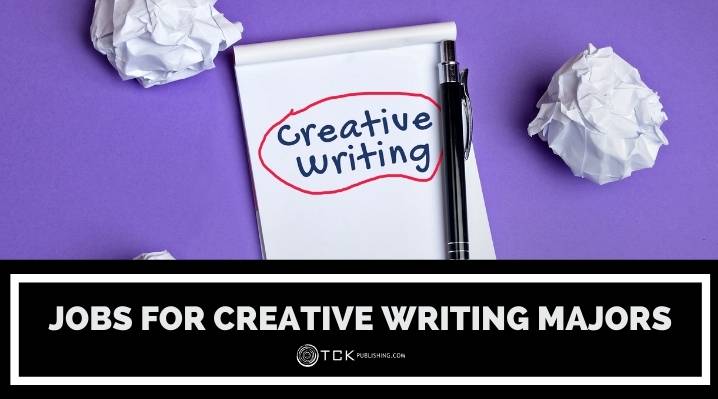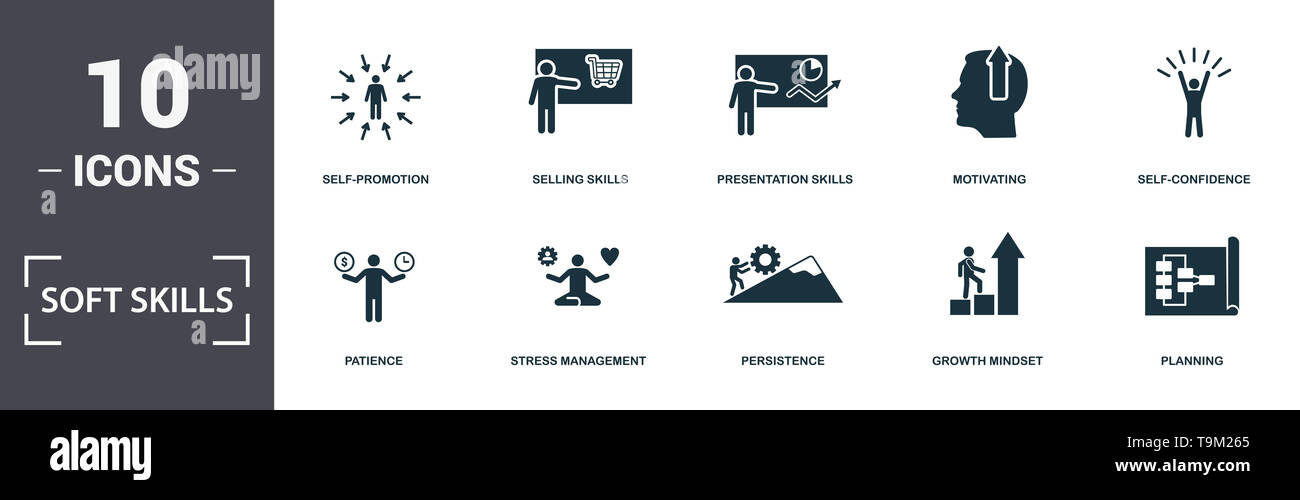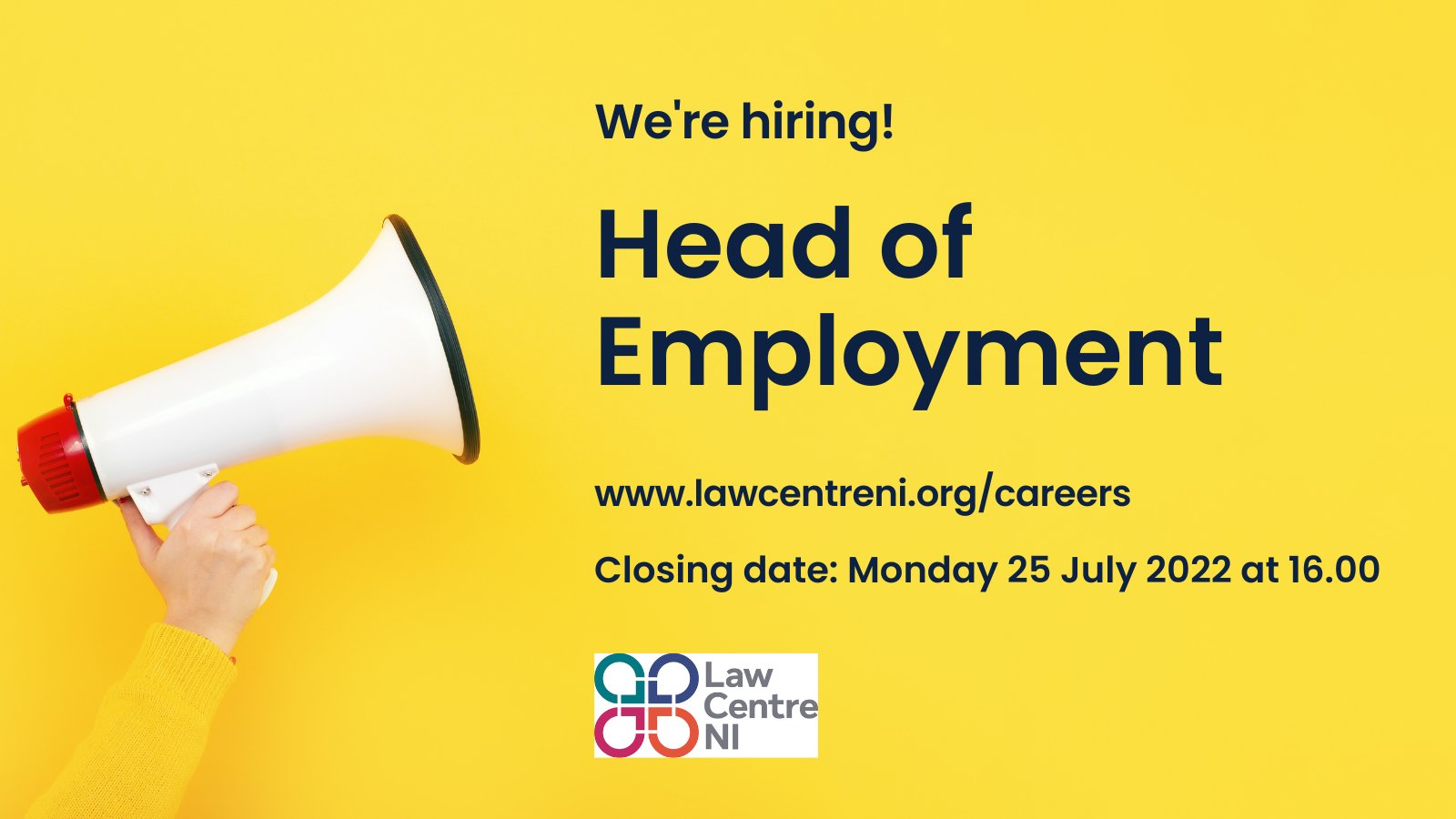
The best tool to help employees keep track of their progress is career development planning. This can include tools like meetings with managers or prompts to track employee growth. The career development plan may be tied to performance reviews in order to gain insight into an employee's progress. If done correctly, career planning can help employees excel at work, increase job satisfaction, and improve their skills. These benefits can benefit both the employee and the organization.
Goal setting
It is important to set career goals. This involves setting your career goals and mapping out the steps you need to reach them. These goals can be anything from improving your professional skills to improving relationships or processes that are not functioning well. The key is to be specific. A career planner can help you visualize your goals and make sure you achieve them.
Also, it is important to think about non-work goals like spending more time with your loved ones, continuing education, or maintaining your physical health. It is difficult for most people to create a plan that they can stick with. Like all plans they should be achievable and have a time frame.
Meeting the right people
The key to career development planning is making sure you meet the right people. In order to achieve their goals and develop their skills, managers and employees should work together. Meeting with the right people can help you identify career development opportunities, and it can also help you determine which training or courses are necessary to achieve your personal goals. Whether you are seeking career development opportunities for yourself or your team, you must think of the future in terms of your strengths and interests.

The type of jobs available today are rapidly changing. The automation of many jobs has led to the loss of many. However, new jobs are emerging where technology and social interactions combine. For example, the COVID-19 pandemic created new jobs and prompted a restructuring in many industries.
Creating a timeline
A timetable for your career development can be a useful tool to keep you focused and on your goals. It allows you to seek out advice from people who are in your shoes and have done what you want. Your timeline should be available to as many people and as many people as you can. You can share it on your blog and with others. The more people who see it, the better your chances are of success.
Before you begin creating your timeline infographic, you should outline the content that you would like to include. Make sure to include a bold header that lets viewers know what they can expect. Use similar fonts, shapes and graphics to keep the rest of your information consistent.
The creation of a brand
Career branding is a crucial component to career management. If you are an individual who wishes to develop their career and become successful in it, this specialization can be a valuable tool. It will help you to build your personal brand, by helping you develop a style of communication and learn how to manage your job effectively. This course will help you recognize your strengths and minimize your weaknesses. You will have a platform from which to showcase your unique skills.
It is important to set clear goals and identify a niche in your market before you can create your brand. You must take care of your brand every day. It is important to continue learning new skills and improving your professional abilities. Your brand should reflect both your professional and personal lives.

Performance reviews
Career development discussions can be best nurtured away from performance reviews. Performance reviews tend to be retrospective, focusing on past work and measuring sticks instead of opportunities and future development. Despite this fact, most companies jam performance review discussions into their career development planners. These are some ways to make performance reviews more valuable and productive.
Ensure that your performance review is conducted at least once a year. This will allow you to gauge your employees' development and determine their strengths and weaknesses. It will help you set goals, and assist in setting performance goals. It encourages feedback and will increase employee engagement.